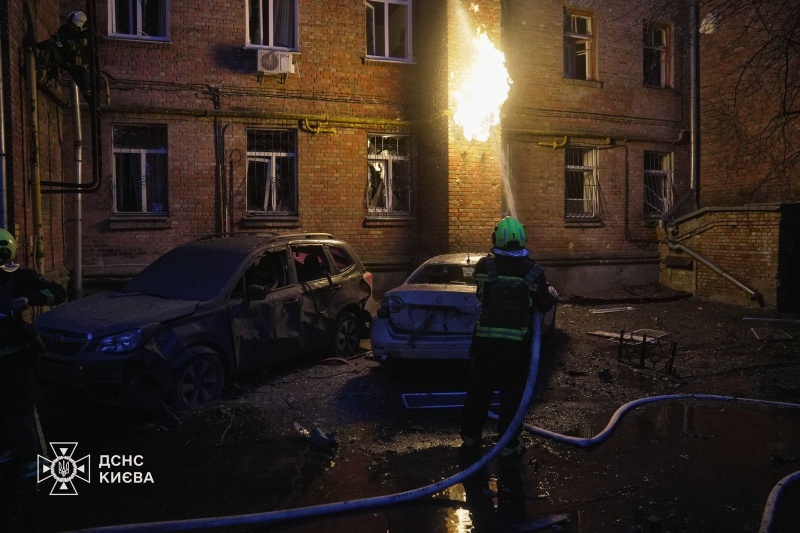
Night on September 26 marked another tragic chapter in the ongoing conflict, when Russian occupiers again attacked Ukraine using Shaheds, guided air bombs (KABs) and missiles.
This was reported by URA-Inform, citing the chief of KGVA Sergey Popko.
Kyiv, Odessa region, Zaporizhia and Ivano-Frankivsk were hit. The energy infrastructure suffered especially, and casualties and injuries were recorded.
The air raid alert was announced around midnight, when the Shaheds began to change direction, posing a threat to many regions of Ukraine. Soon the alert spread to Kyiv, where the first explosions were heard a few minutes later — the air defense forces (AD) began to operate. Around 6 a.m., the AD continued to repel the attacks, when a series of explosions was heard again in the capital.
The situation was not limited to Kiev. Explosions were also heard in Ivano-Frankivsk, Zaporizhia and the Khmelnytsky region, and air defense in these areas actively resisted Russian attacks. In particular, in the Khmelnytsky region, the movement of “Shaheds” was reported near Starokostiantyniv.
There were no casualties in Kyiv, but the consequences of the attack were tangible. According to Popko, more than 15 attack drones were sent to the capital.
“About ten enemy drones were neutralized by air defense forces,” Popko said.
Despite the success of the air defense, in the Pechersk district, drone debris damaged a gas pipe in a residential building and about 20 cars. In addition, debris fell on the territory of a kindergarten.
The attacks on Odessa, Ivano-Frankivsk and other regions led to the destruction of energy infrastructure facilities, which further exacerbated the problems in the country. Work to eliminate the consequences of the attacks continues.
Recall that Kyiv was again enveloped in dirty air: the part of the city with the worst indicator was named.
